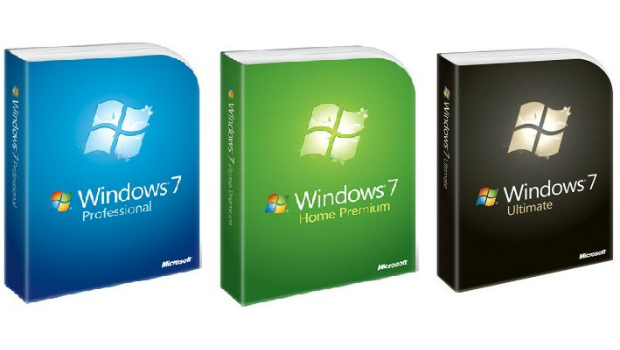Microsoft ends Windows 7 retail sales
Sets
Microsoft has quietly ended retail sales of Windows 7, according to a notice on its website.
The company’s policies for shutting off sales to retailers and shipping licenses to OEMS (original equipment manufacturers) are posted on its site, which was recently updated to show that Windows 7’s “retail end of sales” date was 30 October.
The next deadline, marked as “End of sales for PCs with Windows preinstalled,” will be 30 October 2014, less than a year away.
Microsoft’s practice, first defined in 2010, is to stop selling an older operating system in retail one year after the launch of its successor, and halt delivery of the previous Windows edition to OEMs two years after a new version launches. The company shipped Windows 8, Windows 7’s replacement, in October 2012.
A check of Microsoft’s own online store showed that the company has pulled Windows 7 from those virtual shelves.
In practical terms, the end-of-retail-sales date has been an artificial and largely meaningless deadline, as online retailers have continued to sell packaged copies, sometimes for years, by restocking through distributors which squirreled away older editions.
Today, for example, Amazon.com had a plentiful supply of various versions of Windows 7 available to ship as well as copies of Windows Vista and even Windows XP for sale through partners.
Microsoft also makes a special exception for retail sales, telling customers that between the first and second end-of-sale deadlines they can purchase Windows 7 from computer makers. “When the retail software product reaches its end of sales date, it can still be purchased through OEMs (the company that made your PC) until it reaches the end of sales date for PCs with Windows preinstalled,” the company’s website stated.
The firmer deadline is the second, the one for offering licenses to OEMs. According to Microsoft, it “will continue to allow OEMs to sell PCs preinstalled with the previous version for up to two years after the launch date of the new version”.
After that date, Microsoft shuts off the spigot, more or less, although OEMs, especially smaller “white box” builders, can and often do stockpile licenses prior to the cut-off.
But officially, the major PC vendors – like Dell, Hewlett-Packard and Lenovo – will discontinue most Windows 7 PC sales in October 2014, making Windows 8 and its follow-ups, including Windows 8.1, the default.
Even then, however, there are ways to circumvent the shut-down. Windows 8 Pro, the more expensive of the two public editions, includes “downgrade” rights that allow PC owners to legally install an older OS. OEMs and system builders can also use downgrade rights to sell a Windows 8- or Windows 8.1-licensed system, but factory-downgrade it to Windows 7 Professional before it ships.
Enterprises with volume license agreements are not at risk of losing access to Windows 7, as they are granted downgrade rights as part of those agreements. In other words, while Microsoft may try to stymie Windows 7 sales, the 2009 operating system will long remain a standard.
As of the end of November, approximately 46.6% of all personal computers ran Windows 7, according to Web measurement vendor Net Applications, a number that represented 51.3% of all the systems running Windows.
Gregg Keizer, IDG News Service
@gkeizer, gkeizer@computerworld.com






Subscribers 0
Fans 0
Followers 0
Followers